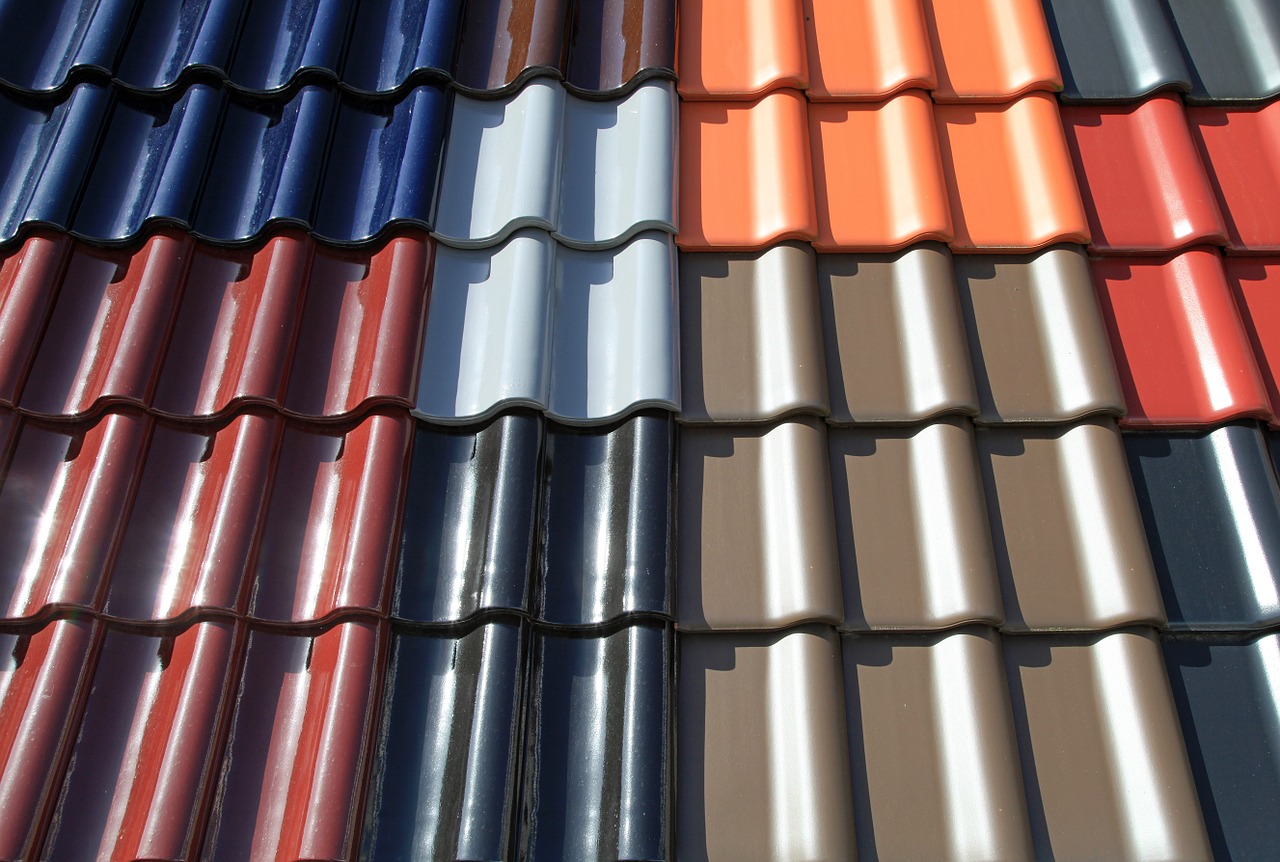
Gutter installation is a critical aspect of maintaining the structural integrity and longevity of any building. Properly installed gutters channel rainwater away from the foundation, walls, and landscaping, effectively preventing water damage, soil erosion, and unwanted moisture issues like mold and mildew. As a homeowner or property manager, understanding the different materials available for gutters—such as aluminum, vinyl, steel, or copper—as well as the various styles and sizes, is essential for making an informed decision that aligns with both aesthetic preferences and functional requirements. Additionally, considerations like the local climate, the roof’s pitch, and the home’s architectural style play pivotal roles in determining the appropriate gutter system. With the advancement of technology, options such as seamless gutters and gutter guards have also become popular, offering enhanced durability and reduced maintenance. Therefore, installing gutters is not merely a routine part of building maintenance; it requires thoughtful planning and precise execution to ensure effective water management and protection of a property over time.
Gutter Installation
Gutter installation is a vital aspect of home maintenance that often goes overlooked until problems arise. Properly functioning gutters are essential for directing rainwater away from your home’s foundation, preventing water damage, and preserving the structural integrity of the building. When rainwater overflows due to clogged, damaged, or improperly installed gutters, it can lead to issues such as basement flooding, soil erosion, mold growth, and costly repairs. Therefore, understanding the importance of gutter installation, the different types of gutters available, and the installation process itself can help homeowners make informed decisions and protect their investment.
There are several types of gutter materials and styles to choose from, each with its own benefits and drawbacks. Aluminum gutters are popular due to their lightweight, rust-resistant properties, and affordability. They come in various colors and can be painted to match any exterior. Copper gutters, while more expensive, offer unmatched durability and a classic aesthetic appeal, developing a lovely patina over time. Vinyl gutters are cost-effective and easy to install but may not withstand extreme weather conditions as well as metal options. Seamless gutters, made on-site to ensure a perfect fit, minimize leaks and require less maintenance than traditional sectional gutters. Selecting the right type of gutter depends on your budget, climate, and architectural style.
Professional gutter installation is recommended to ensure a proper fit and optimal performance. The process involves precise measurements, calculating the appropriate pitch for drainage, and securely fastening the gutters to the fascia board. Using the right tools and techniques, experienced installers can properly align the gutters with downspouts to ensure efficient water flow. Additionally, they can install gutter guards to reduce debris accumulation and minimize maintenance. While some homeowners may attempt a DIY installation, hiring a skilled contractor can save time, prevent potential mistakes, and provide peace of mind, knowing your home’s drainage system is in expert hands. Enlisting professional help can ultimately extend the lifespan of your gutters and better protect your home.